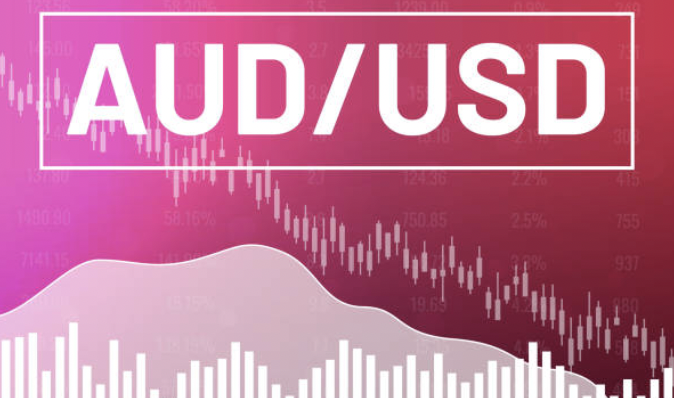
Larissa Barlow
Apr 07, 2022 10:09
USD/JPY has fallen to around 123.50 as declining US Treasury rates erode the greenback's value versus the yen.
After reaching a three-year high of 2.66 percent, the 10-year US Treasury yields attracted bids.
The IIMF has argued for a lengthy period of ultra-loose monetary policy for the BOJ.
The USD/JPY pair has fallen strongly in the Asian session to about 123.50 after bouncing around a small range of 123.71-123.93 over the previous day. Thursday's trading session is exhibiting a bearish open rejection-reverse pattern. The USD/JPY began at 123.80, climbed higher to 123.93, and then fell rapidly to a low of 123.50 as yen bulls attacked the asset.
Market players have offered the asset as a result of the low performance of US Treasury yields on Thursday. The benchmark 10-year US Treasury yields have fallen from 2.66 percent highs, but the 2-year US Treasury yields, which are more sensitive to interest rates, have come under pressure. Bears gained control of Treasury yields as market investors dismissed the hawkish Federal Open Market Committee (FOMC) minutes.
Meanwhile, the International Monetary Fund (IMF) study recommends that the Bank of Japan (BOJ) maintain its ultra-loose monetary policy for an extended period of time. Increased commodity prices and a recovery in spending patterns may pressurize the BOJ to lower interest rates, but maintaining a steady dovish approach will benefit the economy. Apart from that, the IMF downgraded Japan's economic growth forecast for 2022 to 2.4 percent from 3.3 percent in January.


Apr 06, 2022 10:02

Apr 07, 2022 10:16